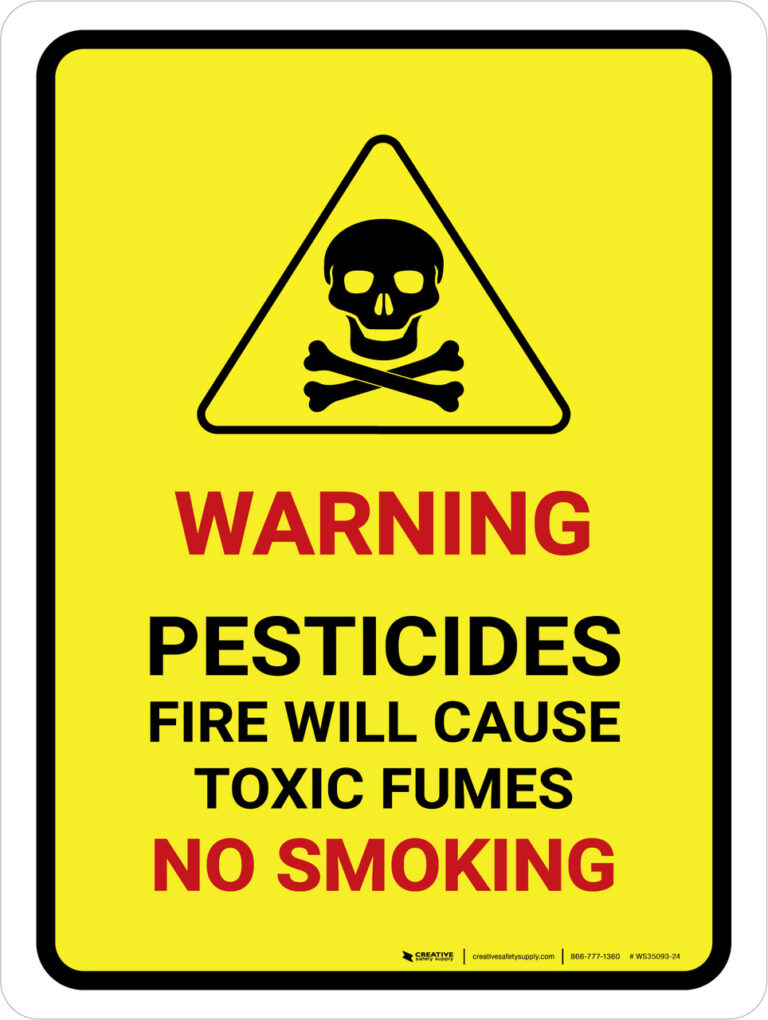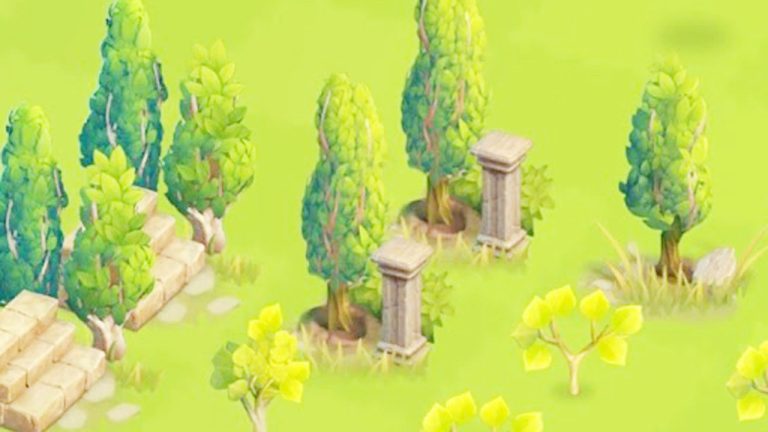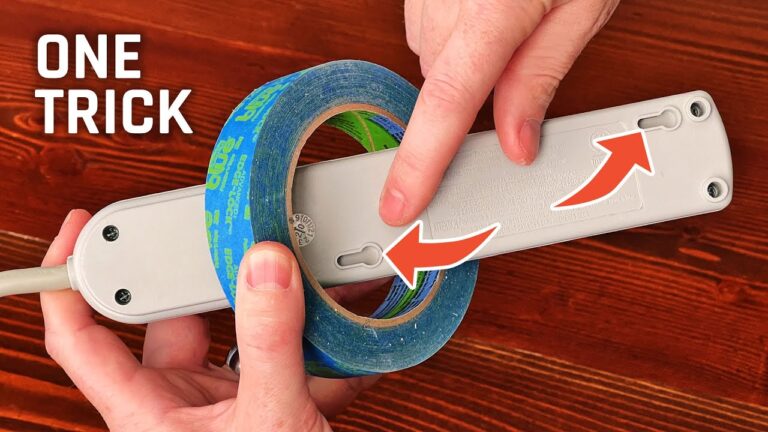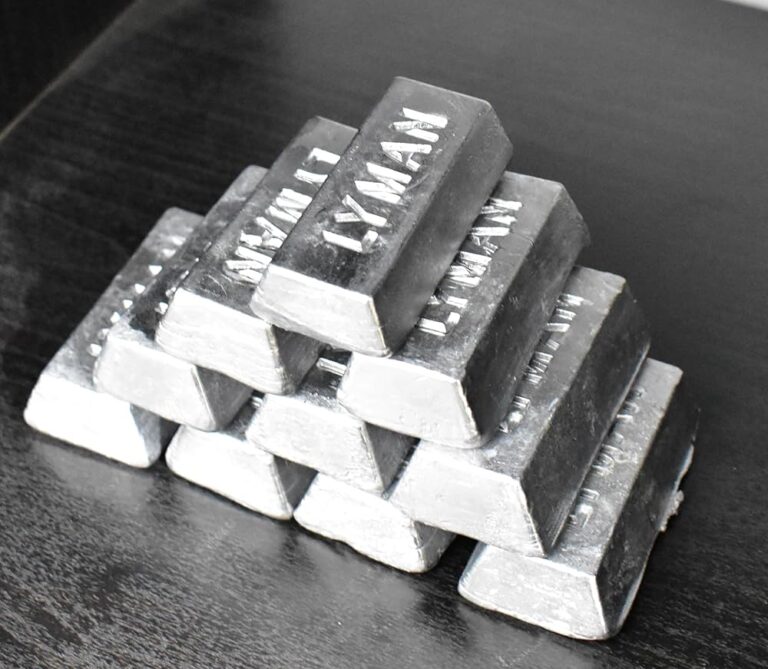Best for Removing Grass Cloth Wallpaper: Top Tools and Techniques
Removing grass cloth wallpaper can be a tricky task. It requires patience and the right tools.
Grass cloth wallpaper is known for its unique texture and natural look. But when it’s time to update your decor, taking it down can be a challenge. The fibers in grass cloth make it tougher to remove than regular wallpaper.
You might be wondering, what are the best methods for removing it? This blog will guide you through the most effective ways to tackle this job. You’ll learn about the tools you’ll need and the steps to follow. By the end, you’ll feel confident in your ability to remove grass cloth wallpaper without damaging your walls. Let’s get started!
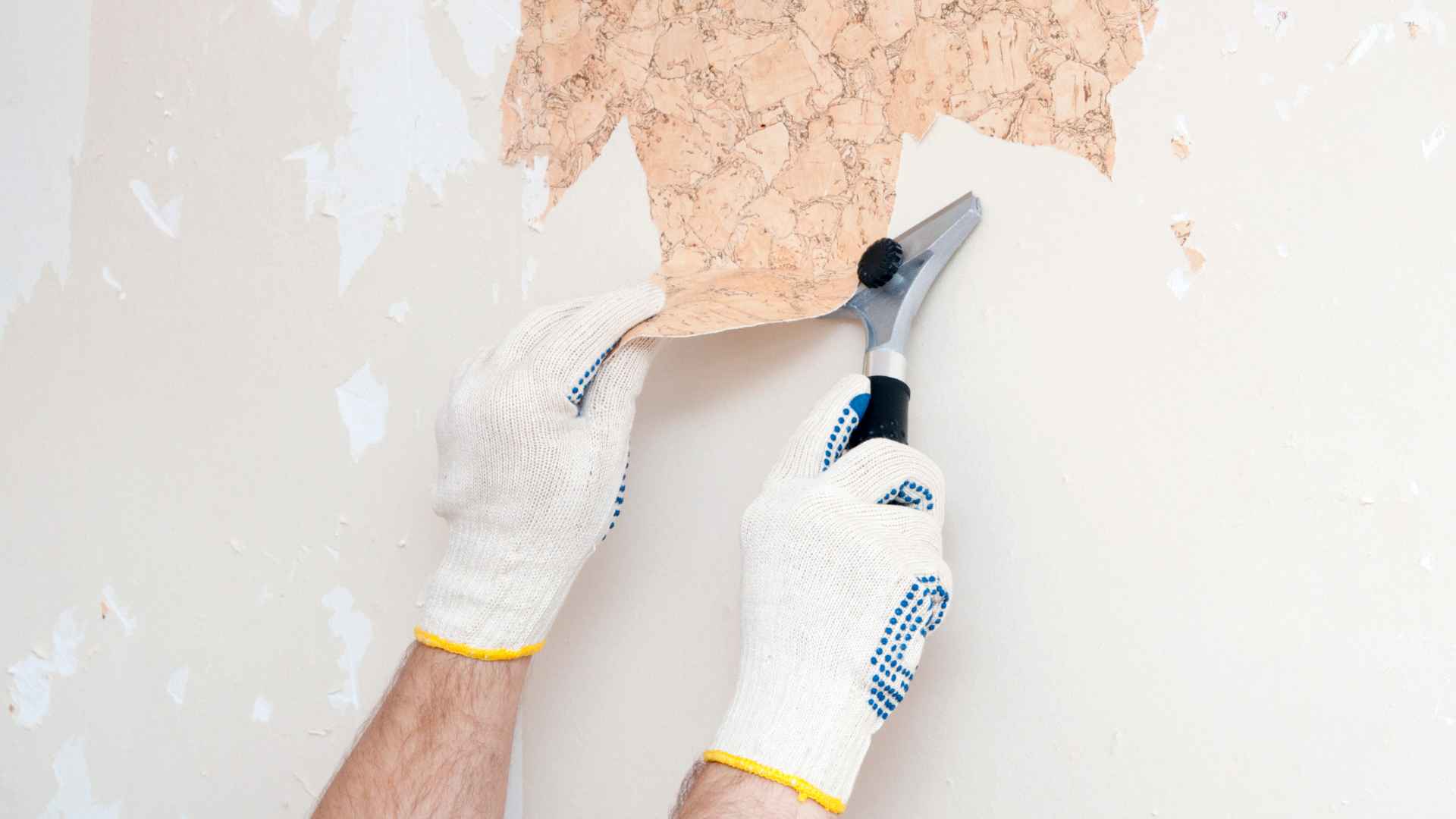
Credit: corecomcommercial.com
Preparation Steps
Removing grass cloth wallpaper can be a daunting task, but with the right preparation steps, you can make the process much smoother. Whether you’re a first-timer or a seasoned DIY enthusiast, preparing adequately will save you time, energy, and frustration. Here, we break down the essential preparation steps you need to take before removing grass cloth wallpaper.
Gather Necessary Supplies
Before you start, it’s important to gather all the necessary supplies. Trust me, you don’t want to be running back and forth to the hardware store in the middle of the project. Here’s a list of items you’ll need:
- Wallpaper scraper: This tool will help you peel off the wallpaper.
- Spray bottle: Fill it with a mixture of water and vinegar or a wallpaper removal solution.
- Drop cloths: To protect your floors and furniture.
- Sponges and rags: For cleaning up any residue.
- Bucket: To hold water or your cleaning solution.
- Protective gloves: To keep your hands safe from chemicals and scrapes.
Having these items at your disposal will make the process more efficient and less stressful. You’ll thank me later!
Protect Surrounding Areas
Now that you have all your supplies, the next step is to protect the surrounding areas. Imagine the mess if you don’t cover your floors and furniture! Here’s how you can do it:
- Move furniture: If possible, move all the furniture out of the room. If that’s not feasible, push it to the center and cover it with plastic sheets or drop cloths.
- Cover the floors: Lay down drop cloths or old sheets to catch any falling debris or dripping water. This will also prevent any damage to your flooring.
- Protect electrical outlets: Turn off the power to the room and cover electrical outlets with painter’s tape to avoid any accidents.
By taking these precautions, you will not only protect your belongings but also create a safer work environment. Who doesn’t want to avoid unnecessary headaches, right?
So there you have it – the essential preparation steps for removing grass cloth wallpaper. By gathering your supplies and protecting the surrounding areas, you’re setting yourself up for success. Stay tuned for the next section where we dive into the actual removal process. Happy prepping!
Essential Tools
Are you struggling to remove that stubborn grass cloth wallpaper from your walls? Don’t worry; we’ve got you covered! In this blog post, we’ll delve into the essential tools you need to make the job easier and more efficient. From scrapers to steamers, we’ve compiled a list of must-have tools that will help you tackle this task with confidence. Let’s dive in!
Scrapers And Putty Knives
When it comes to removing grass cloth wallpaper, scrapers and putty knives are your best friends. These handy tools help you peel away the wallpaper without damaging the wall underneath. You can find scrapers in various sizes and materials, but metal ones tend to be more durable. Here are some tips for using them effectively:
- Choose the right size: A wider scraper can cover more area, but a smaller one gives you better control in tight spots.
- Keep it sharp: A dull scraper can tear the wallpaper and make the job harder. Sharpen the blade regularly.
- Use gentle pressure: Pressing too hard might damage the wall. Let the scraper do the work for you.
Remember, patience is key! Removing wallpaper is not a race. Take your time and work systematically.
Steamers And Heat Guns
If you’ve ever tried to remove wallpaper with just a scraper, you know it can be a slow process. That’s where steamers and heat guns come in. These tools help soften the adhesive, making it easier to peel off the wallpaper. Here’s how they can help:
- Steamers: These devices use hot steam to loosen the glue. Simply fill the steamer with water, heat it up, and apply the steam to the wallpaper. It’s like giving your walls a spa treatment!
- Heat Guns: A heat gun works similarly to a hairdryer but at a much higher temperature. Use it to warm the adhesive, making the wallpaper easier to remove. Be careful not to hold it too close to avoid scorching the wall.
Using these tools can make the whole process faster and less frustrating. Plus, there’s something oddly satisfying about watching the wallpaper peel off in large strips, don’t you think?
In conclusion, removing grass cloth wallpaper might seem daunting, but with the right tools, you can make it a breeze. Whether you prefer the precision of a scraper or the power of a steamer, having these essential tools at your disposal will make the job much more manageable. Happy wallpaper removing!
Chemical Strippers
Removing grass cloth wallpaper can be a daunting task, but with the right chemical strippers, it becomes much easier. Chemical strippers are specially formulated solutions that break down the adhesive and fibers of wallpaper, making it simpler to peel away. They are particularly effective for stubborn or large wall areas. Let’s dive into the types of strippers available and some essential safety precautions to keep in mind.
Types Of Strippers
When it comes to chemical strippers, there are several options you can choose from. Each type has its own unique properties and strengths, catering to different needs and preferences.
- Gel Strippers: These are thick and cling to vertical surfaces, making them ideal for walls. They work slowly but thoroughly, ensuring the wallpaper and adhesive are fully broken down.
- Liquid Strippers: These are easy to apply and spread evenly. They soak into the wallpaper, loosening it quickly. However, they can be messier than gels.
- Eco-Friendly Strippers: Made from natural ingredients, these are safer for you and the environment. They might take longer to work but are a great option for those concerned about harsh chemicals.
Safety Precautions
While chemical strippers are effective, they can also be hazardous if not used properly. Here are some vital safety precautions to follow:
- Read the Label: Always read the instructions on the product label. Each stripper has specific guidelines for use.
- Wear Protective Gear: Use gloves, safety goggles, and a mask to protect your skin, eyes, and lungs from harmful chemicals.
- Ventilation: Ensure the room is well-ventilated. Open windows and use fans to avoid inhaling fumes.
- Test a Small Area: Before applying the stripper to the entire wall, test it on a small, inconspicuous area to ensure it works well without damaging the wall underneath.
- Dispose Properly: Follow local guidelines for disposing of chemical strippers and any removed wallpaper. Some chemicals can be hazardous waste.
Using chemical strippers can make the tough job of removing grass cloth wallpaper much more manageable. Just remember to choose the right type for your needs and always prioritize safety.

Credit: www.youtube.com
Step-by-step Removal Process
Removing grass cloth wallpaper can be a tedious task. But with the right steps, it becomes manageable. Follow this step-by-step process to make the job easier. This guide will help you through scoring, applying the stripper, and peeling off the wallpaper. Let’s get started.
Scoring The Wallpaper
First, you need to score the wallpaper. Use a wallpaper scoring tool. It creates tiny holes in the wallpaper. These holes allow the stripper to penetrate. Move the tool in a circular motion. Cover the entire wall. Be careful not to damage the wall underneath.
Applying The Stripper
Next, apply the wallpaper stripper. You can buy this at any home improvement store. Pour the stripper into a spray bottle. Spray it generously over the scored wallpaper. Let it sit for 15-20 minutes. This helps to loosen the adhesive. Make sure to cover all areas evenly.
Peeling Off The Wallpaper
Now, it’s time to peel off the wallpaper. Start at a corner or seam. Use a putty knife to lift the edge. Gently pull the wallpaper off the wall. If it resists, spray more stripper. Work in small sections. Be patient to avoid damaging the wall. Dispose of the old wallpaper properly.
Dealing With Stubborn Sections
Removing grass cloth wallpaper can be challenging, especially with stubborn sections. These areas resist removal and need extra effort. But don’t worry, there are effective methods to tackle these tough spots.
Using Steam
Steam is a powerful tool for removing stubborn wallpaper sections. The heat softens the adhesive, making it easier to peel off. You can use a wallpaper steamer for this task.
First, fill the steamer with water and let it heat up. Hold the steamer pad against the wallpaper for a few seconds. This will loosen the glue. Then, use a scraper to gently lift the paper away from the wall. Repeat this process until the section is fully removed.
Reapplying Stripper
If steam doesn’t work, try reapplying wallpaper stripper. This method involves using a chemical solution to break down the adhesive. Start by applying a generous amount of stripper to the stubborn area.
Let the stripper sit for a few minutes to penetrate the glue. Then, use a scraper or putty knife to peel away the wallpaper. Be patient and work in small sections. Reapply the stripper as needed for best results.
Cleaning And Smoothing The Wall
So, you’ve successfully stripped off that old grass cloth wallpaper, but the journey isn’t over yet. The next steps, cleaning and smoothing the wall, are crucial to ensure your walls are ready for a fresh coat of paint or new wallpaper. This process can be a bit tedious, but trust me, it’s worth the effort. Let’s dive into the essential steps, including removing any residue left behind and fixing any wall damage that may have occurred during the removal.
Removing Residue
First things first, you’ll likely have some sticky residue left on the wall from the wallpaper adhesive. This needs to be cleaned off completely to ensure a smooth surface. Here’s a simple method to tackle this:
- Mix a Cleaning Solution: Combine warm water with a few drops of dish soap or use a wallpaper adhesive remover.
- Apply the Solution: Using a sponge or cloth, apply the solution to the residue spots. Let it sit for a few minutes.
- Scrub Gently: Use a soft-bristle brush to scrub the residue. Be gentle to avoid damaging the wall.
- Rinse and Dry: Wipe the area with clean water to remove any soap or cleaner, then dry with a clean towel.
Feeling a bit overwhelmed? Don’t worry, this process, though time-consuming, is straightforward and will significantly improve the end result.
Repairing Wall Damage
It’s not uncommon to find small nicks or holes in your walls after removing wallpaper, especially if it was stubborn. Here’s how to repair those imperfections:
- Assess the Damage: Identify all the areas that need repair. Small holes and cracks are common.
- Fill the Holes: Use spackle or joint compound to fill in any holes or cracks. Apply with a putty knife and smooth it out.
- Let it Dry: Allow the spackle to dry completely. This usually takes a few hours, but check the product instructions.
- Sand the Surface: Once dry, sand the filled areas with fine-grit sandpaper until smooth.
- Clean the Dust: Wipe the walls down with a damp cloth to remove any dust from sanding.
By following these steps, your walls will be as good as new, ready for whatever new look you have planned. Just imagine the transformation!
And there you have it! Cleaning and smoothing your walls after removing grass cloth wallpaper may take some time, but it’s a rewarding process. With a bit of patience and effort, you’ll have a pristine surface ready for its next chapter.
Preventing Future Issues
So, you’ve tackled the tough job of removing that stubborn grass cloth wallpaper. Congratulations! But wait, there’s more. To prevent future issues, it’s important to take some precautionary steps. Let’s dive into how you can avoid problems down the line.
Proper Wall Preparation
Before hanging new wallpaper, your walls need some love and care. Think of it like preparing a canvas for a masterpiece. Here’s how:
- Clean the Walls: Use a mild detergent and water to clean the walls. Remove any dust, dirt, or leftover glue. This gives you a smooth surface to work with.
- Repair Damages: Check for holes or cracks. Use a filler to fix these imperfections. Sand the area once it’s dry to make it even.
- Prime the Walls: Apply a primer suitable for wallpaper. This step ensures better adhesion and makes removing future wallpaper easier.
Choosing The Right Wallpaper
Not all wallpapers are created equal. Picking the right one can save you a lot of headaches. Here are some tips:
- Quality Over Price: High-quality wallpaper might be pricier, but it’s worth it. They are easier to install and remove.
- Vinyl Options: Consider vinyl wallpaper if you want something durable and easy to clean. It’s also resistant to moisture, making it ideal for kitchens and bathrooms.
- Peel and Stick: If you love changing your decor often, peel-and-stick wallpaper is your best friend. It’s easy to remove and doesn’t leave residue.
Remember, taking the time to prepare properly and choosing the right wallpaper can save you from future frustrations. Happy decorating!
:strip_icc()/coastal-bedroom-grass-cloth-wallpaper-0GFgWVeSKuJ9S-VYxru4WY-872d9d0883c5498592b9820478bf00d4.jpg)
Credit: www.bhg.com
Frequently Asked Questions
What Is The Best Way To Remove Grasscloth Wallpaper?
To remove grasscloth wallpaper, use a wallpaper steamer or a damp sponge. Gently peel off the paper.
How To Remove Old Cloth Wallpaper?
To remove old cloth wallpaper, first, peel off the top layer. Then, soak the remaining paper and adhesive with warm water. Scrape gently with a putty knife. Use a wallpaper remover solution for stubborn areas.
What Are The Disadvantages Of Grasscloth Wallpaper?
Grasscloth wallpaper is expensive and difficult to clean. It’s prone to staining and fading in sunlight. It also absorbs moisture, making it unsuitable for humid areas.
Is Grasscloth Wallpaper Outdated?
Grasscloth wallpaper is not outdated. It remains a popular choice for its natural texture and unique aesthetic.
Conclusion
Removing grass cloth wallpaper can be simple with the right tools. Take your time. Follow the steps carefully. Ensure you have all necessary supplies. Consider safety measures like gloves and masks. Proper preparation makes the task easier. Soon, you’ll enjoy your refreshed space.
Now, you know how to tackle this job. Happy decorating!

My name is Maria, A professional merge game player with years of experience mastering games like Merge Dragons, Merge Gardens, Merge Mansion, and more. My passion for uncovering the best strategies, solving tricky puzzles, and discovering hidden secrets led her to create MergeGameplay.com.


